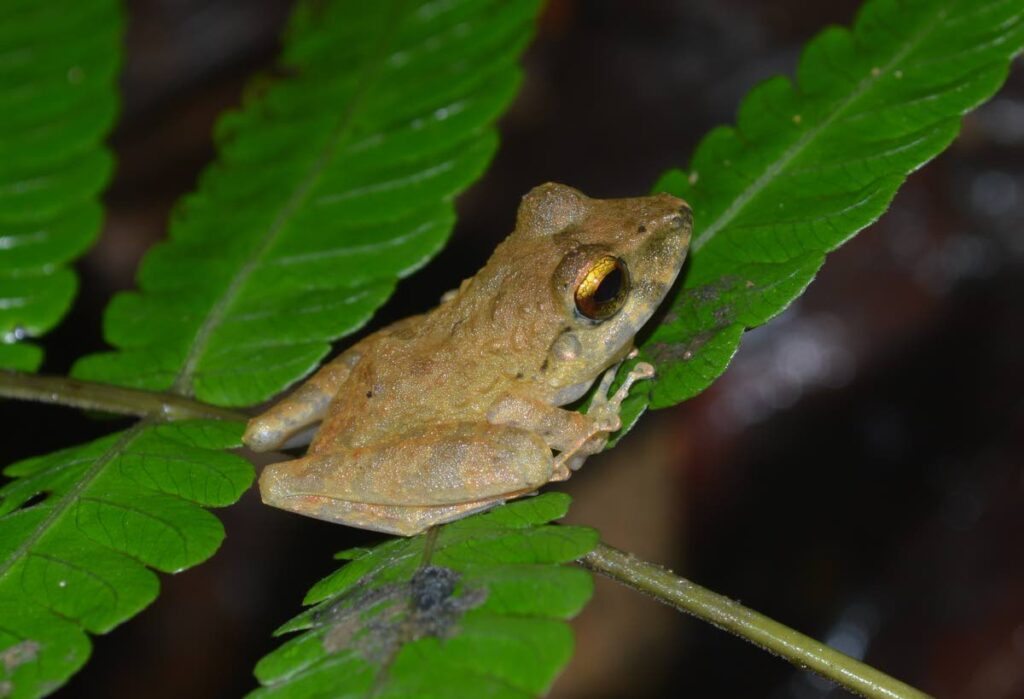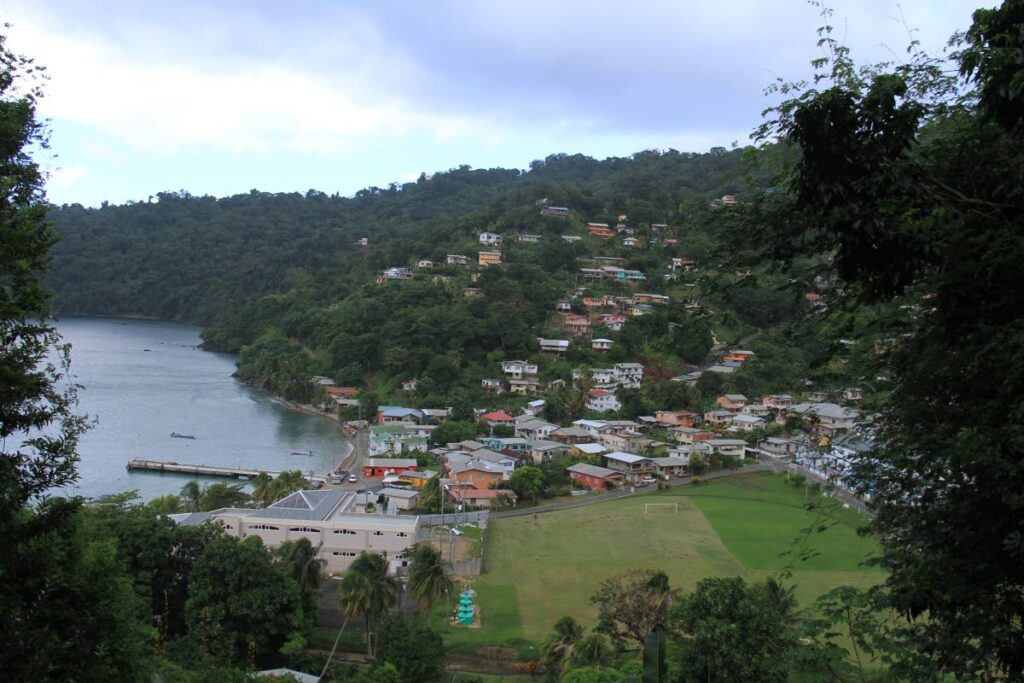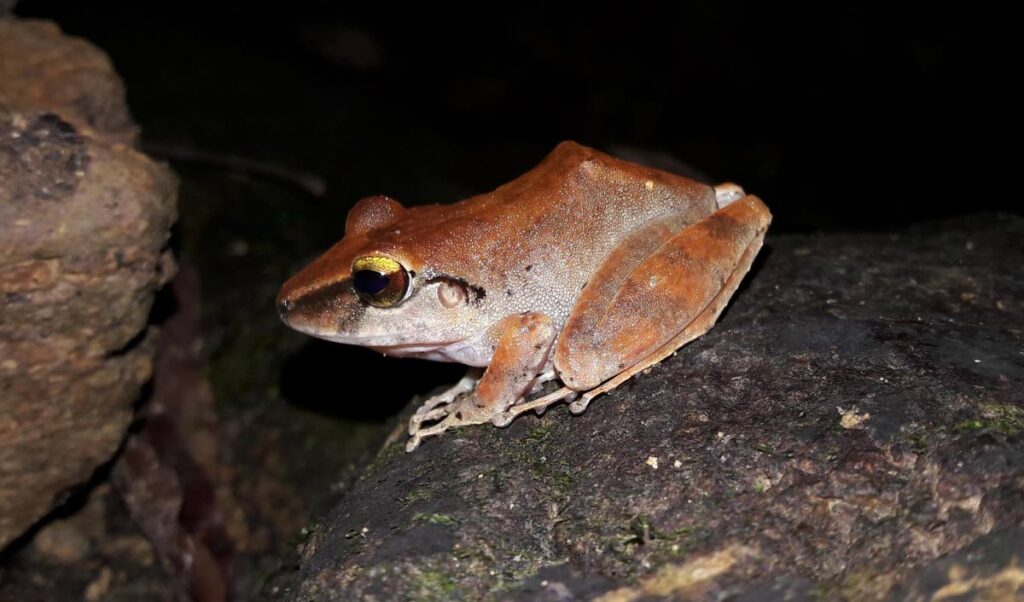Charlotteville litter frog, a species found only in north east Tobago

Did you know that Tobago is home to the Charlotteville litter frog (Pristimantis charlottevillensis) which is found nowhere else in the world?
Herpetologist Renoir Auguste told Newsday Kids that these frogs were first discovered in Charlotteville, a village north east on the island, by scientists in 1995.
Apart from being named after where they were found, Auguste explained they also spend most of their time immersed in decaying leaf litter which is why they are called “litter frogs.”
“They prefer to hide, forage for food and seek refuge in leaf litter."

Given their bodies are various hues of brown, these frogs are able to camouflage themselves when immersed in leaf litter but that doesn’t mean they are hard to spot in the wild.
Auguste said it’s possible to catch a glimpse of them because of their size and their goldish-coloured eyes.
“If you are looking for them you may see them because they are about three to five centimetres long…in frogs, that’s almost small to medium in size.
“So they aren’t like other frogs which are very small and below three centimetres.”
These frogs are direct developing frogs which means they hatch from their eggs as adults without ever becoming tadpoles.
Outside of Charlotteville, you can spot these frogs across north-eastern Tobago in places like Speyside, Bloody Bay and even the Hillsborough reservoir.

Given their population distribution is limited, Auguste has been lobbying the International Union for Conservation of Nature (IUCN) to classify these frogs as vulnerable.
“Their population number do seem to be relatively stable and widespread where they occur naturally.
“But because they are only found in this small range in Tobago, and nowhere else in the world, we have recommended that the IUCN give it vulnerable status just because it is found only this small part of the world.”
For now, Auguste said humans pose little threat directly to these frogs but is pleading with people to be mindful of their interactions with the species to keep it this way.
Like most frogs, these frogs feed on small insects like mosquitoes and flies which helps to keep the population of insects in check. Hence, they play an important role in ecosystems.


Comments
"Charlotteville litter frog, a species found only in north east Tobago"